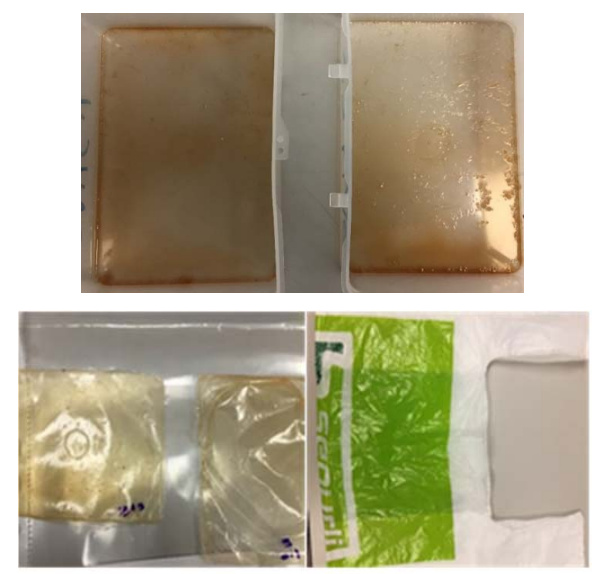

Mechanical behavior optimization of chitosan extracted from shrimp shells as a sustainable material for shopping bags
The use of biodegradable materials for shopping bag production, and other products made from plastics, has recently been an object of intense research-with the aim of reducing the environmental burdens given by conventional materials. Chitosan is a potential material because of its biocompatibility, degradability, and non-toxicity. It is a semi-natural biopolymeric material produced by the deacetylation of chitin, which is the second most abundant natural biopolymer (after cellulose). Chitin is found in the exoskeleton of insects, marine crustaceans, and the cell walls of certain fungi and algae. The raw materials most abundantly available are the shells of crab, shrimp, and prawn. Hence, in this study chitosan was selected as one of the main components of biodegradable materials used for shopping bag production. Firstly, chitin was extracted from shrimp shell waste and then converted to chitosan. The chitosan was next ground to a powder. Although, currently, polyethylene bags are prepared by blown extrusion, in this preliminary research the chitosan powder was dissolved in a solvent and the films were cast. Composite films with several fillers were used as a reinforcement at different dosages to optimize mechanical properties, which have been assessed using tensile tests. These results were compared with those of conventional polyethylene bags used in Egypt. Overall, the chitosan films were found to have a lower ductility but appeared to be strong enough to fulfill shopping bag functions. The addition of fillers, such as chitin whiskers and rice straw, enhanced the mechanical properties of chitosan films, while the addition of chitin worsened overall mechanical behavior. © 2018 by the authors.



